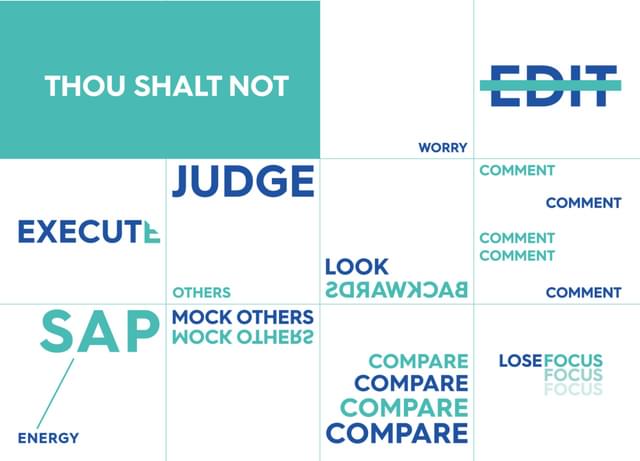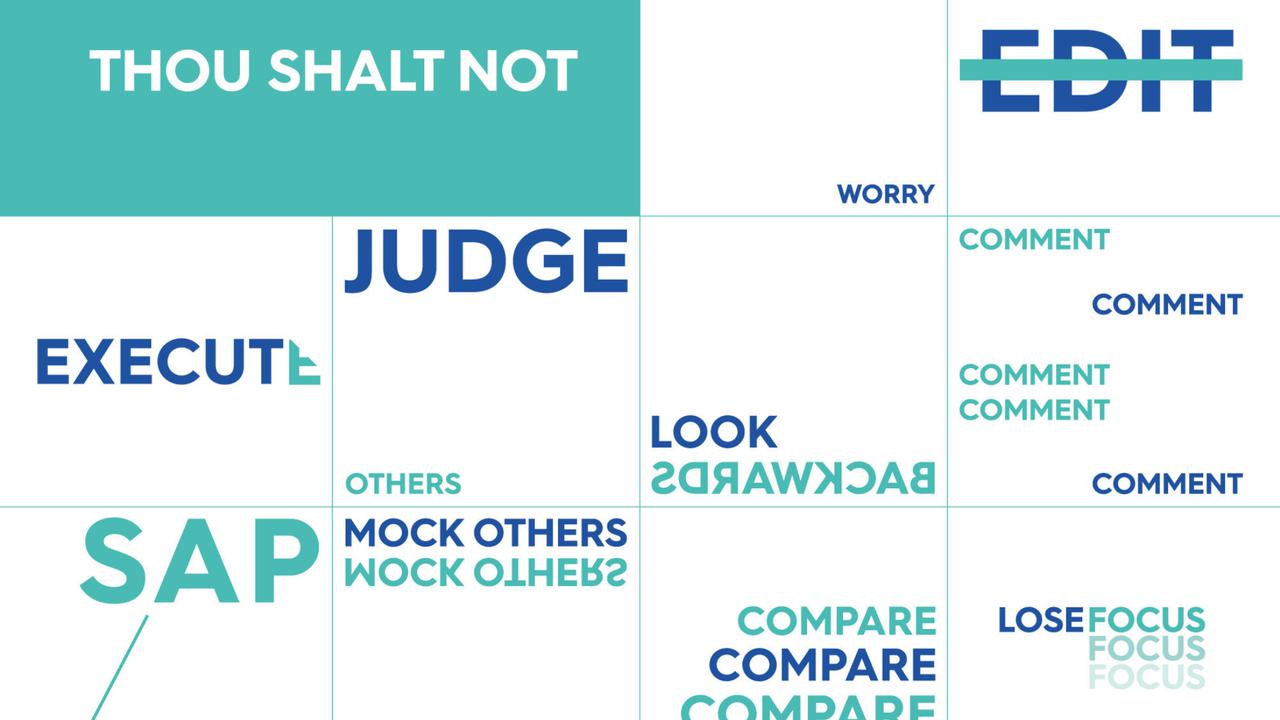You’re standing on the precipice of a ball pit with colleagues. A piece of you wants to dive headlong into it. Wriggle around and toss balls in the air. You know it'll bring you joy. But you'll never do it. You'll never let your playful inner child run wild. Why? Because you're in work mode.
Except, it’s not a ball pit, it’s an impromptu creative brainstorm. And you're an introvert, while everyone around you is an extrovert – or your superior. Corporate life has taught you one thing: don't say the wrong thing. The result? An intense hour of awkward silences, tension and painfully predictable ideas.
Brainstorming is broken
The way many businesses approach brainstorms is fundamentally flawed. Because, to develop truly great creative ideas, we first need to learn how to develop more bad ones. We need to convince our minds to enter a child-like state. A state that allows an unrestricted flow of thought.
Here's the process we use at Nice and Serious. Follow it, and you’ll develop many more bad ideas, along with some truly great ones.
1. Define the problem
Creative thinking is just another form of problem-solving. So you need to start by properly defining a solvable problem. You then need to bring together a diverse team of 5-7 people. Diverse, because you want to bring a wider pool of knowledge and experiences into the circle to increase your chance of an unexpected solution (an original idea).
2. Feed your mind
Each member of the team then needs to feed their mind with good content about the subject area. But bear in mind that different minds need different nourishment. Some might need to read about it, some might need to consult with experts and others might need to go on a podcast binge. It all counts and deepens your collective understanding.
3. Incubate
Your team then needs time to process the problem. We recommend a week, but no less than two days if you’re pushed for time. During incubation, you need to enter periods of ‘soft fascination’ – where the analytical part of your mind is gently distracted, allowing your subconscious mind to make those unexpected connections. Repetitive tasks like washing the dishes or taking a shower are great. But it's widely reported that taking a walk in nature or having a nice nap are most effective for creative problem-solving. Don't forget to jot all ideas down when they appear..
4. Brainstorm
There are many different techniques to choose from, but we use one called ‘rapid ideation’. Set aside an hour or two, preferably in the morning. Gather your group of 5-7 people. To start with, each person writes down as many ideas as possible in ten minutes. The key here is quantity, not quality. After this, each person takes it in turn to share every idea they've had with the group, while one person writes the ideas onto a collaborative board. This is the time to share everything – the good, the bad, the ugly. And that requires courage. In fact, in our meeting room, we have the 10 commandments of brainstorming printed big on the wall (see diagram below - inspired by Josh Linkner). Once all ideas have been shared, everyone then takes another ten minutes to write down as many ideas as possible. This second phase is key, as it allows everyone to build on each other's initial ideas. Finally, the group shares all of their ideas while one person scribes. Then leave the room immediately (before you get the urge to review the ideas).

5. Analyse
Meet again the following morning with a coffee and one or two key decision makers. Review the ideas based on which ones provide the best solution to the original problem. It's important that you remove personal attachment to the idea: they’re owned by the team, not the individual.
We've used this technique for over ten years and it's never failed. With a focused group of 5-7 people, you'll generate at least 100 (!) ideas. The majority of which will be rubbish, but amongst the rubble, there will be rubies.
We are a certified B Corp agency making creative work the world needs. We work with purpose-driven businesses – including charities and NGOs – to change minds, and make people demand better.
